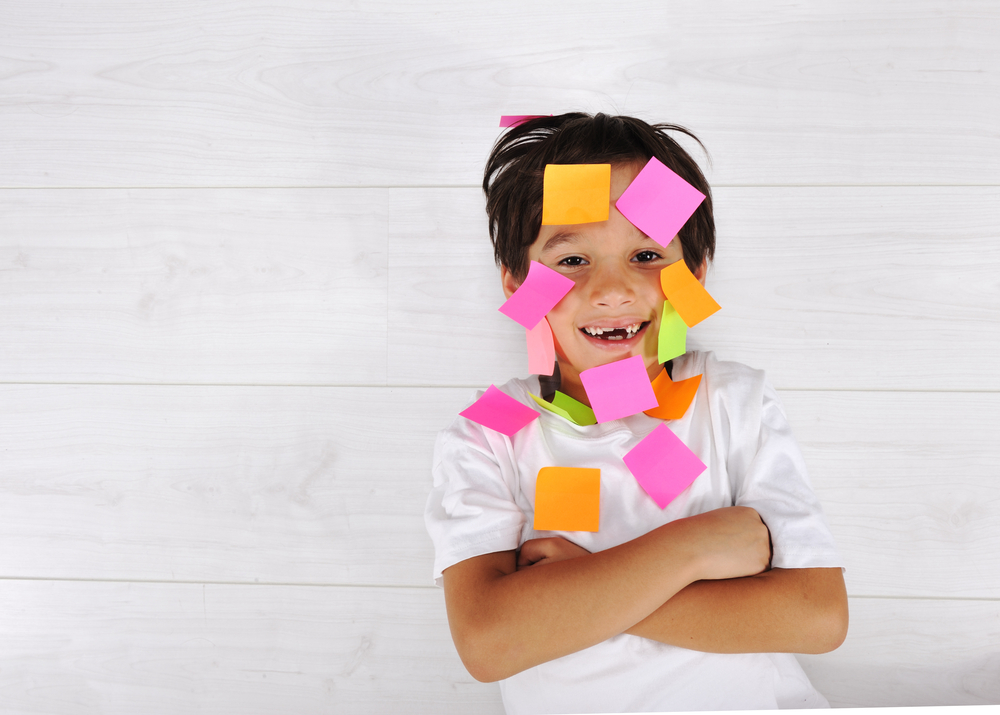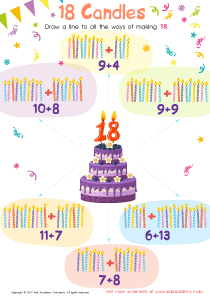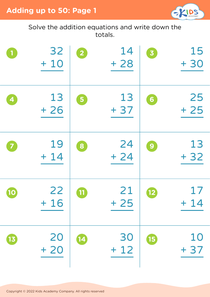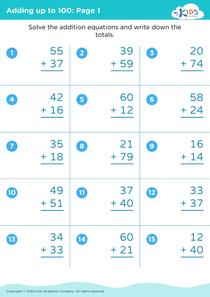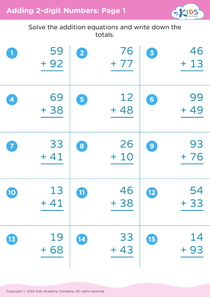Visual learning reinforcement Adding Up to 5 Worksheets for Ages 3-6
5 filtered results
-
From - To
Explore our engaging "Visual Learning Reinforcement: Adding Up to 5 Worksheets," designed specifically for ages 3-6! These worksheets provide a fun and interactive way for young learners to grasp basic addition concepts through vibrant visuals and hands-on activities. Each worksheet is tailored to foster visual cognition, helping children connect numbers with quantities using colorful illustrations and appealing themes. Perfect for preschool and kindergarten classrooms or at-home learning, these printables will enhance your child's mathematical foundation while keeping them entertained. Download today and watch your child's confidence in adding numbers from 1 to 5 grow through visual learning techniques!
Visual learning reinforcement is crucial for children aged 3-6, particularly when teaching foundational mathematics concepts like adding up to 5. At this age, children are developing cognitive abilities and learning styles, making visual stimuli essential for understanding complex ideas. Visual aids—such as pictures, diagrams, and manipulatives—help young learners better grasp abstract concepts by presenting information in a tangible form. This aligns with their natural inclination to explore the world through sights and sounds.
For parents and teachers, integrating visual learning tools can enhance engagement and retention. Colorful illustrations, physical counting objects, and interactive games can make learning enjoyable, motivating children to participate actively. Furthermore, visual reinforcement can accommodate diverse learning styles. Some children may respond better to visual elements than to verbal instructions, ensuring that all learners can connect with the material.
In fostering a strong mathematical foundation, parents and teachers support children's critical thinking and problem-solving skills. These skills are vital for future learning and academic success. By caring about and implementing visual learning reinforcement for adding up to 5, adults help cultivate a positive learning environment that not only strengthens mathematical understanding but also fosters a love for learning from a young age.
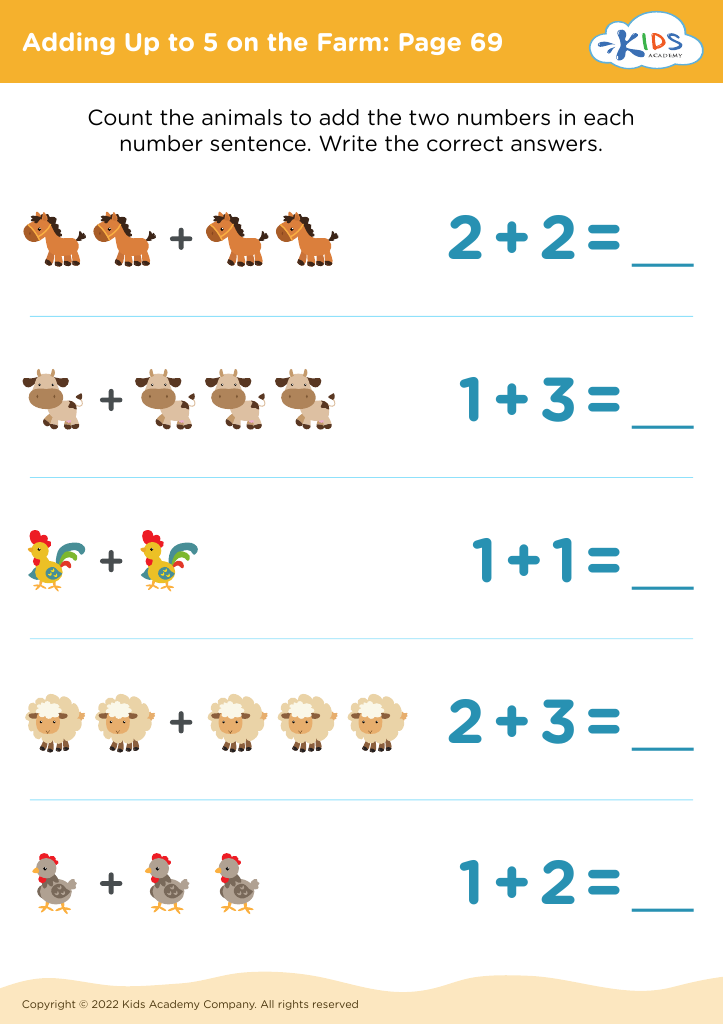
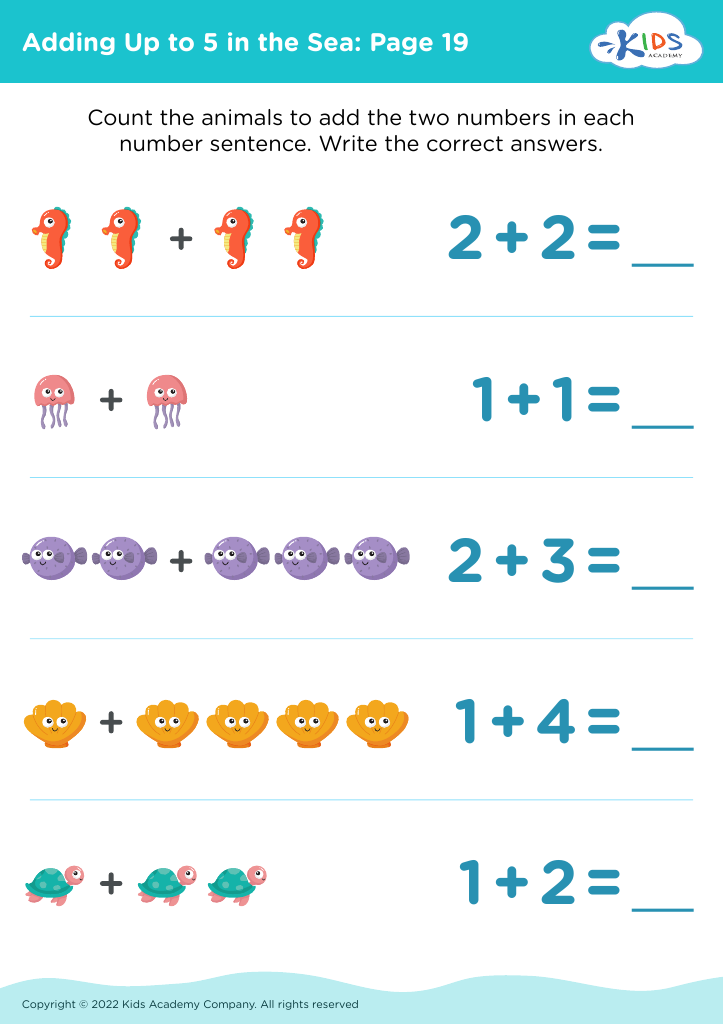
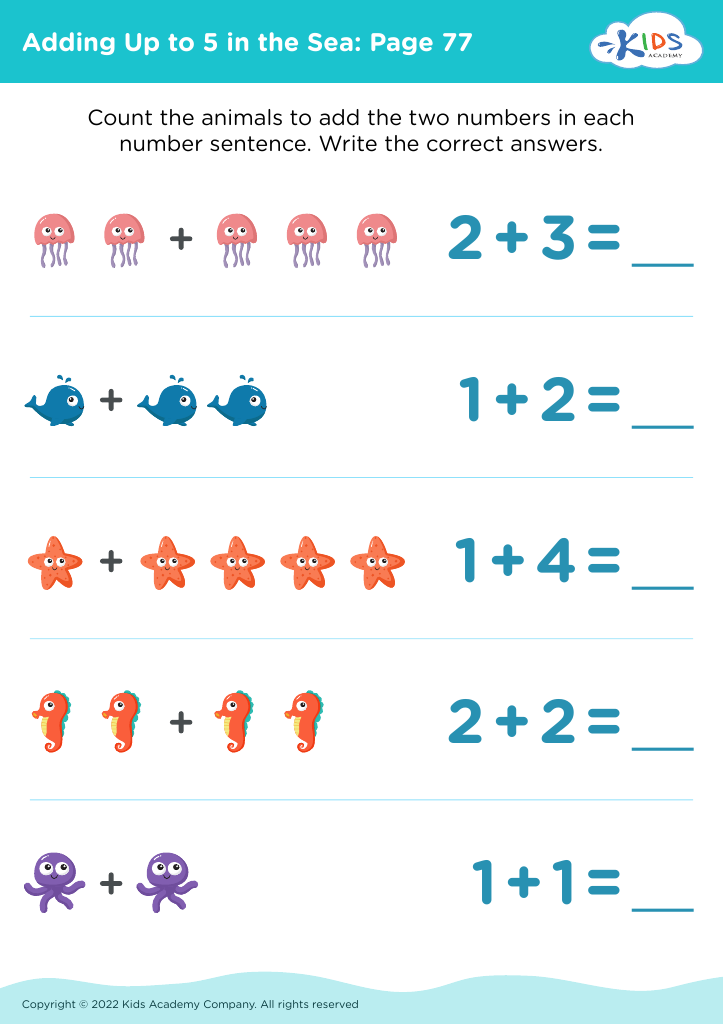
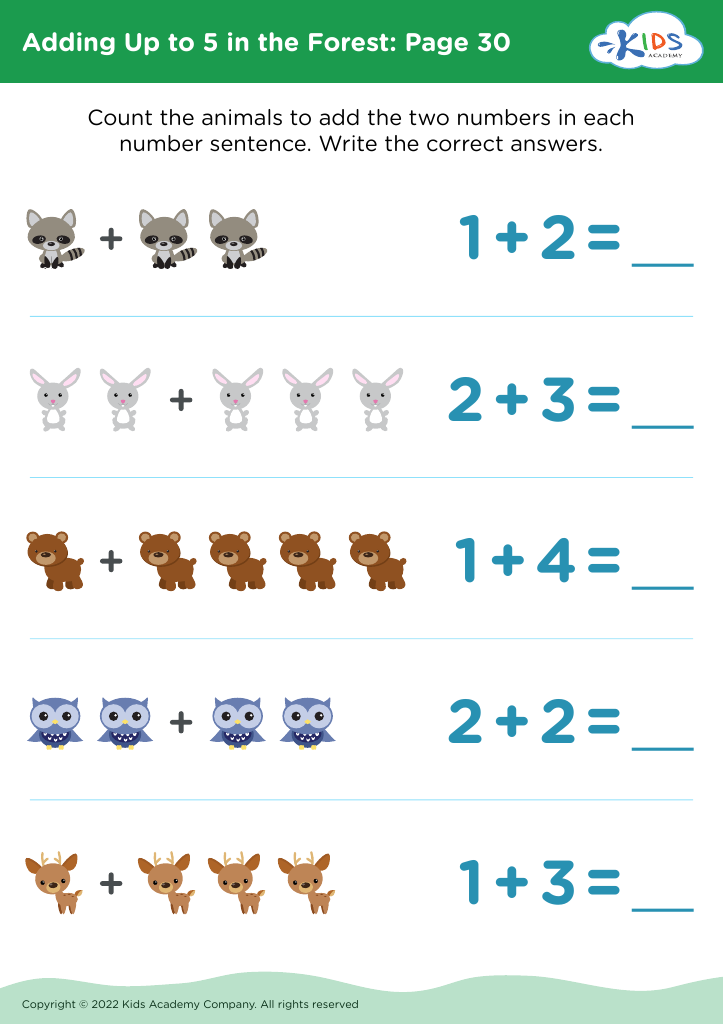
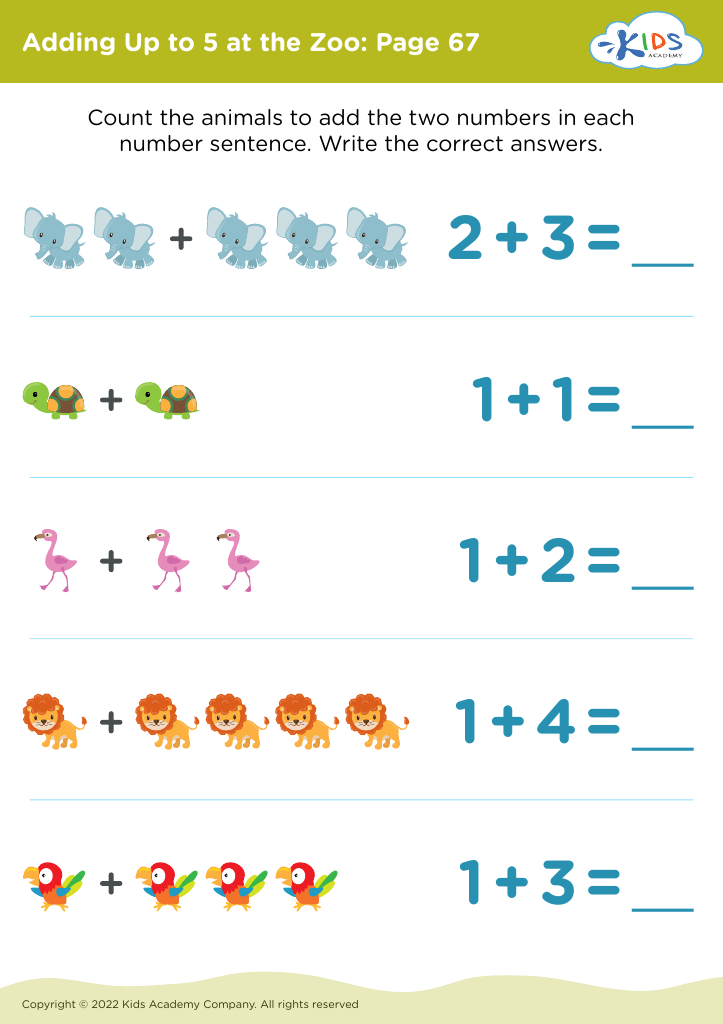


%20(1).jpg)

